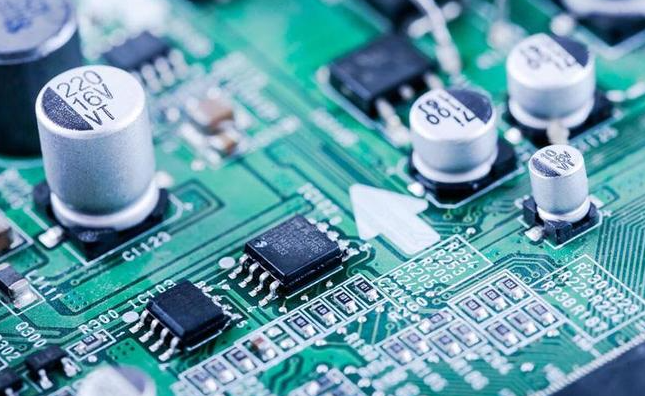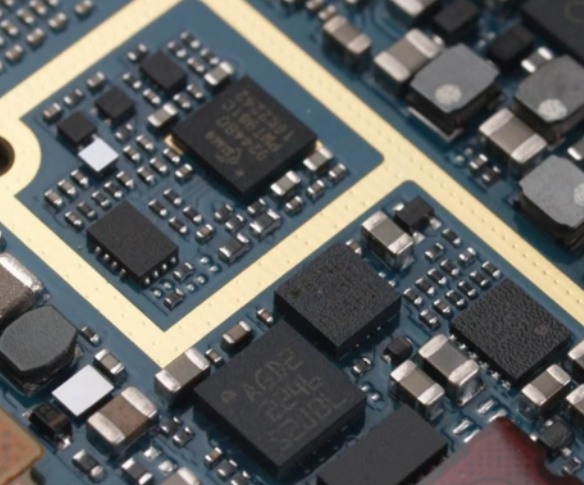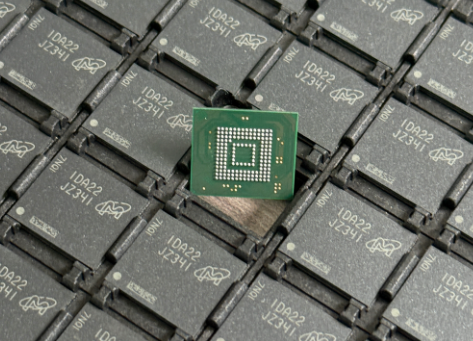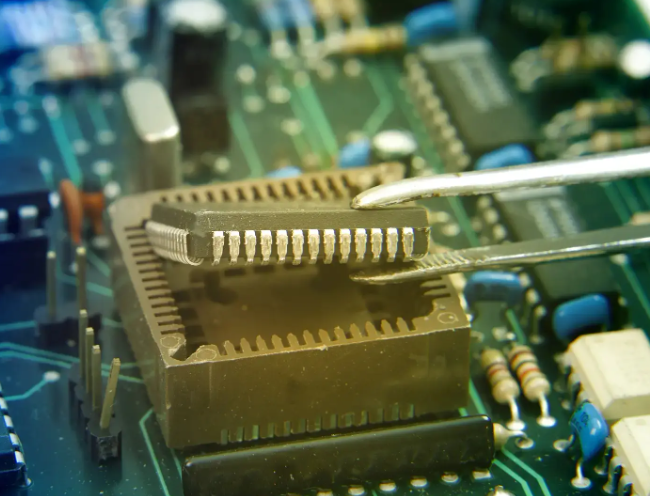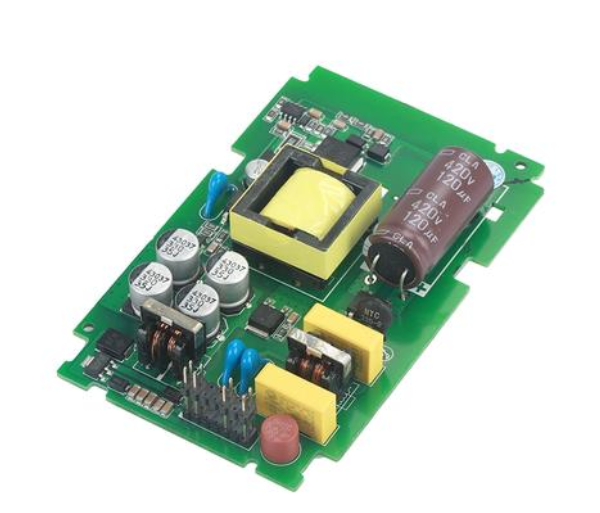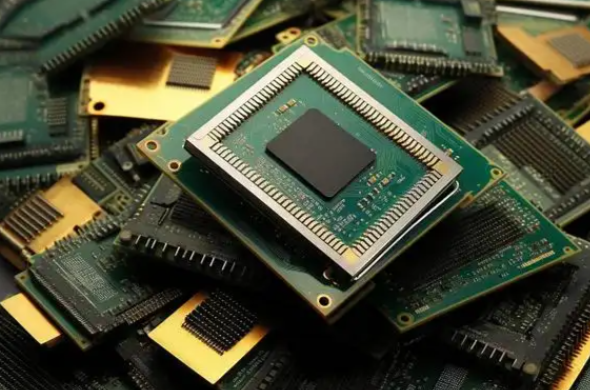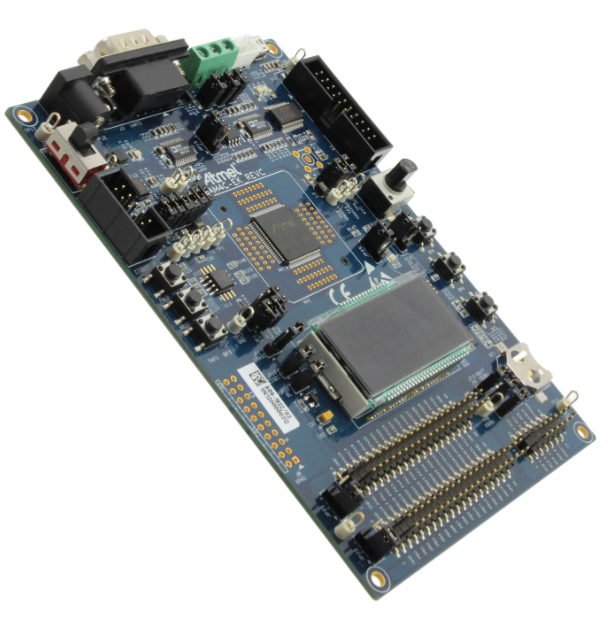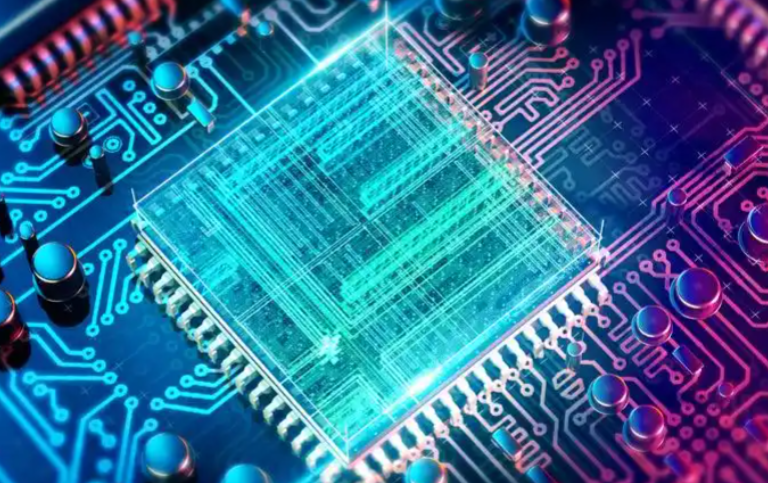The Backbone of Modern Technology: A Deep Dive into Widely Used Electronic Components
Introduction
In the intricate tapestry of modern technology, from the smartphone in your pocket to the satellite orbiting our planet, lies a common, fundamental thread: electronic components. These tiny, often overlooked parts are the essential building blocks of every electronic circuit, the silent workhorses that manipulate electricity to perform the vast array of functions we rely on daily. The term “Widely Used Electronic Components” encompasses a universe of parts that have become standardized and ubiquitous across global industries. Their proliferation is a testament to decades of engineering evolution, miniaturization, and mass production, enabling the digital revolution that defines our era. Understanding these components is not just for engineers; it is to understand the very language of our modern world. This article delves into the core of this ecosystem, exploring the most common components, their critical roles, and the market dynamics that make them so pivotal. For professionals navigating this complex supply chain, platforms like ICGOODFIND have become indispensable tools for sourcing these vital parts efficiently.
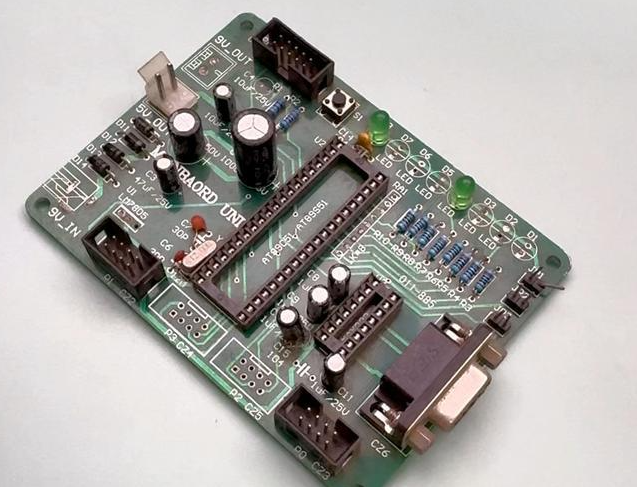
The Fundamental Building Blocks: Passive Components
At the heart of every electronic device are passive components, which cannot introduce net energy into a circuit but can only absorb or dissipate it. They are the foundational elements that control the flow of electricity in a predictable manner. Among the most Widely Used Electronic Components in this category are resistors, capacitors, and inductors.
Resistors are arguably the most common electronic component in existence. Their primary function is to oppose the flow of electric current, thereby controlling voltage and current levels within a circuit. Measured in ohms (Ω), resistors are crucial for biasing transistors, dividing voltages, and limiting current to protect more sensitive components like LEDs. Without resistors, controlling the precise behavior of an active circuit would be nearly impossible. They come in various forms, from through-hole carbon film resistors used in hobbyist projects to tiny surface-mount device (SMD) chip resistors packed by the millions onto modern computer motherboards.
Capacitors are another pillar of modern electronics, functioning as tiny rechargeable batteries that store and release electrical energy. Their key roles include filtering noise from power supplies, stabilizing voltage levels, and blocking direct current (DC) while allowing alternating current (AC) to pass—a function known as coupling. The diversity in capacitor types is vast, ranging from large electrolytic capacitors used for power supply smoothing to miniature ceramic chip capacitors (MLCCs) that are integral to signal integrity in high-speed digital circuits. The global demand for MLCCs alone numbers in the trillions of units per year, underscoring their status as one of the most Widely Used Electronic Components.
Inductors, which store energy in a magnetic field when current flows through them, complete the classic passive trio. They are fundamental in applications involving alternating currents, particularly in power supplies (as part of filters) and radio frequency (RF) circuits for tuning and impedance matching. While less numerous than resistors and capacitors in many digital devices, their role is irreplaceable in specific, critical applications like switch-mode power supplies and communication equipment.
The sheer volume in which these passive components are produced and consumed is staggering. A single modern smartphone can contain over 1000 capacitors and several hundred resistors. Their widespread use makes their reliable supply a matter of strategic importance for the entire electronics industry.
The Intelligent Core: Active Components and Semiconductors
If passive components are the skeleton of an electronic device, active components are its brain and nervous system. These components, primarily semiconductors, can control electron flow and are capable of amplification, switching, and signal generation. Their invention and mass production catalyzed the information age.
The most revolutionary of all active components is the Transistor. Acting as a tiny electronic switch or amplifier, the transistor is the fundamental building block of microprocessors and memory chips. The ability to manufacture billions of transistors onto a single piece of silicon—creating an Integrated Circuit (IC)—is the cornerstone of modern computing. From powerful CPUs in data centers to simple switching transistors in a coffee maker, their application is universal. The development of smaller, faster, and more power-efficient transistors continues to be the primary driver of technological progress.
Integrated Circuits (ICs) themselves represent the pinnacle of electronic component integration. An IC is a complete circuit—containing transistors, resistors, capacitors, and interconnects—fabricated onto a single chip of semiconductor material. Microprocessors, memory chips (DRAM, NAND Flash), microcontrollers, and logic gates all fall under this category. These chips are what give devices their “intelligence.” The global semiconductor market is a multi-hundred-billion-dollar industry precisely because ICs are among the most Widely Used Electronic Components in complex systems.
Another critical category of active components is Diodes. These components allow current to flow easily in one direction while blocking it in the reverse direction. This simple property makes them essential for rectification—converting AC power to DC power—which is a fundamental requirement for almost all electronic devices that plug into a wall outlet. Light-Emitting Diodes (LEDs) have also become phenomenally widespread, revolutionizing lighting and display technologies due to their energy efficiency and longevity.
The sourcing of these sophisticated active components can be a complex challenge for engineers and procurement specialists. This is where comprehensive component search engines prove their worth. A platform like ICGOODFIND aggregates inventory from numerous global suppliers, providing a centralized hub to find, compare, and source these essential semiconductors, saving valuable time and reducing supply chain risk.
Interconnection and Speciality Components: Completing the Circuit
A collection of components is useless without a way to connect them and without specialized parts that interface with the real world. This third category encompasses everything that brings a circuit board to life as a functional product.
Connectors are a critical yet often underappreciated class of widely used components. They provide removable connections between different boards (like a graphics card to a motherboard), between a device and its power source (a USB or power jack), or between cables and systems. The reliability of a connector is paramount; a faulty connection can render an entire system inoperable. Standards like USB, HDMI, and PCIe ensure interoperability across devices from different manufacturers, further cementing the use of specific connector types across the industry.
Sensors have seen explosive growth with the advent of the Internet of Things (IoT) and smart devices. These components convert real-world physical phenomena—such as temperature, light, motion, pressure, and humidity—into electrical signals that can be processed by a microcontroller. The MEMS (Micro-Electro-Mechanical Systems) accelerometer and gyroscope in every smartphone are prime examples of sensors that have become massively widespread. They enable features from screen rotation to step counting, demonstrating how specialized components can become mainstream almost overnight.
Switches and Relays are the user-interface and high-power control elements. A switch provides manual control to open or close a circuit, while a relay is an electrically operated switch used to control a high-power circuit with a low-power signal. From the tactile power button on a laptop to the relays controlling an industrial robot arm, these components form the crucial link between digital commands and physical action.
Finally, Oscillators and Crystals provide the heartbeat for digital systems—the clock signal. This precise timing signal synchronizes the operations of all digital circuits, from a simple digital watch to a supercomputer. Without a stable clock source provided by a crystal oscillator, microprocessors would not be able to execute instructions in an orderly fashion.
Conclusion
The landscape of Widely Used Electronic Components is both vast and deeply interconnected. From the humble resistor regulating current to the sophisticated microprocessor executing billions of calculations per second, each component plays an indispensable role in creating the technological fabric of our society. Their widespread adoption is driven by a constant push for miniaturization, performance enhancement, cost reduction, and energy efficiency. Understanding these components provides not only insight into how our devices work but also an appreciation for the complex global supply chain that manufactures and distributes them. In this dynamic environment, where component availability can make or break a product’s success, efficient sourcing strategies are crucial. Platforms like ICGOODFIND serve as vital links in this chain, empowering innovators to find the right components quickly and reliably, thereby ensuring that the engine of technological progress continues to move forward.


















